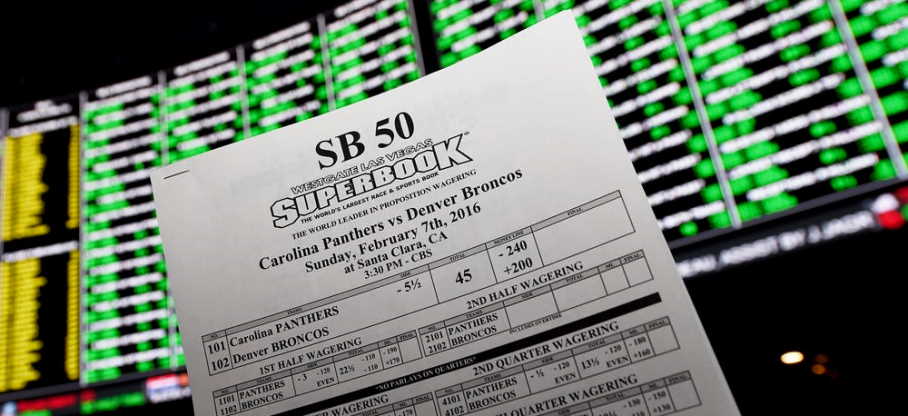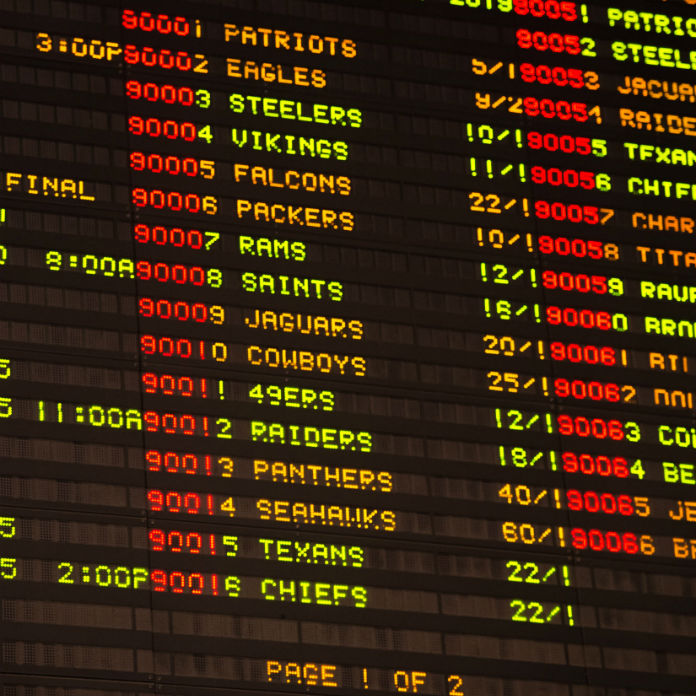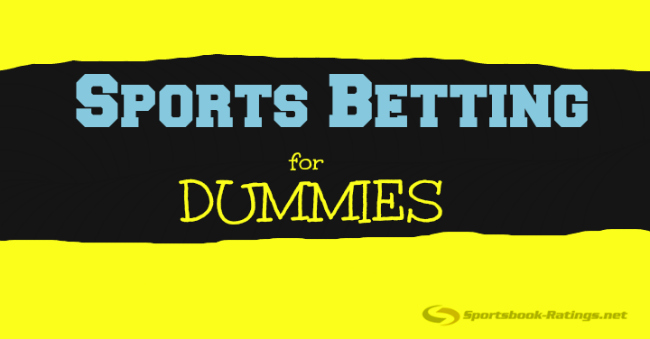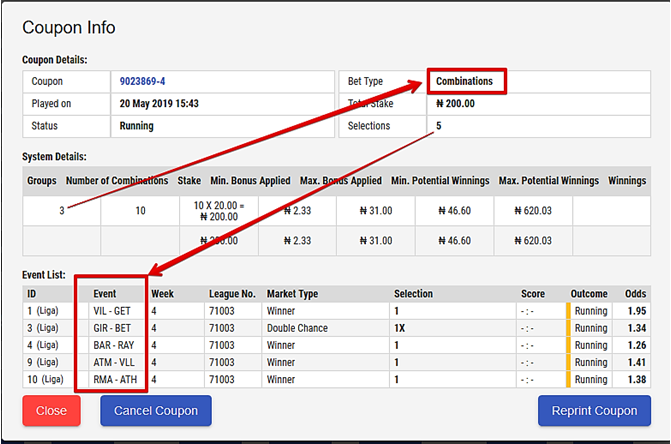What Does Minus Mean In Betting
What does +200 mean? Any time a team has minus sign out front, the bettor knows they will be receiving less than a 2 – 1 payout figure. In fact in this case, to win $100 wagering on the Trail Blazers you would need to stake $128. This means if you bet $100 on OKC then you would collect $105 profit, a total return of $205. The minus sign shows you which team is favored. When you bet on the favorite you get worse payout odds on your bet since they’re more likely to win. The team with a negative number (like -110) is the favorite. The number next to the minus sign is the amount you. So, a +170 money line means that a $100 wager would return $170 in profit, for a total payout of $270 ($100 wager + $170 profit = $270). A bet of $10 would result in a $17 profit, and a total payout of $27 ($10 wager + $17 profit = $27). More About Negative Lines. Generally a negative money line represents the favored team in a match. What does this mean exactly? Consider it like a fee to broker the wager so that between one winning bet cashing and another losing based on the same -110, the book will. What Do the + and – Mean in Sports Betting? The – and + on a sports betting line indicates both your prospective payout and whether you’re betting on the favorite or the underdog. Negative numbers signify the favorite on the betting line. The negative number indicates how much you’d need to bet to win $100.
In the world of sports betting, a money line bet is simply betting on which team you expect to win. It doesn’t have anything to do with a spread. You may also see a money line bet listed as “Money Line” or “ML” in different spaces.
Money lines are represented in negative and positive values.
Negative money line: -145, -220, or anything similar
When you see a minus (-) sign in front of a price, it shows you that team is the favorite to win the game.
That number also indicates how much money you need to bet/spend in order to win $100.
For example, a -220 money line means you need to bet $220 in order to win $100 provided the team you bet on actually does win.
Heavy favorites are known in sports betting as a “chalk” pick. A heavy favorite usually has a number pushing +300 or more. Here, you’re wagering a lot on the favorite to win a little. Don’t assume that a heavy favorite, or chalk pick, is a guaranteed winner…
Positive money line: +145, +220, or anything similar
When you see a plus (+) sign in front of a price, it shows you that team is the underdog. Higher numbers like +400, +500, +5000, etc. represent how much of an underdog the team is in the game. The higher the number the more likely the team is expected to lose in the eyes of the oddsmakers.
The number also indicates how much money would win in comparison to every $100 you wager.

For example, a +150 money line means you would win $150 for each $100 wager you place should that team win the game.
Money line examples:
Lets use an NFL example here:
New England Patriots -240
Miami Dolphins +220
To bet the New England Patriots to win on the money line, you would need to spend $240 on the bet for a chance to win $100 if the Patriots beat the Dolphins. Your return would be $340 – the original $240 stake (bet) and the $100 bet profit.

To bet the Miami Dolphins to win on the money line, you would spend $100 on the bet for a chance to win $220 if the Dolphins, as the underdog, beat the Patriots. Your return would be $320 – the original $100 stake (bet) and the $220 profit.
In both situations, it doesn’t matter if the team you bet on wins by one point or 100 points. You’re purely betting on the team you believe will win the game. As Al Davis said, “Just win, baby.” That’s exactly what you’d be looking for out of your selection. It doesn’t have to be pretty, it just has to happen or your original stake is lost.
Point spread betting is the most popular form of sports betting. The vast majority of sports wagers use a point spread thanks to the popularity of football and basketball. Even though this type of betting is so popular, it may take awhile to understand.
The point spread is sometimes known as an equalizer for sportsbook operators. All teams aren’t created equally, so sportsbooks can create a point spread for a game so that each team playing has an almost even chance of winning the game. In a way, the point spread will even the field for both teams.
The point spread gives a reason for bettors to risk money on both teams. The better team playing in the game is considered favorite. They have to win by the point spread offered by the sportsbook. The favorite in a game is listed as being minus (-) the point spread.
The worse of the teams playing in the game is called the underdog. The bettor wins if this team wins the game outright or loses by an amount smaller than the point spread. The underdog in a game is listed as being plus (+) the point spread.
Let’s use this past Super Bowl between the Tampa Bay Buccaneers and Kansas City Chiefs as an example.
Using this example, the Chiefs were 3-point favorites over the Buccaneers. The Chiefs needed to win by 4 or more points to cover the spread.
Likewise, the Buccaneers were 3-point underdogs. That means the Buccaneers needed to win the game outright or not lose the contest by 4 points or more. At Chiefs -3, if they won by exactly 3 points, the betting result would have been a “push” and bettors for both sides would have gotten their wagers refunded.
The Buccaneers pulled off the upset, winning by a score of 31-9, and rewarded bettors who backed them at +3.
Point spread betting odds
What Does Minus Mean In Betting Odds
Point spreads are usually set with -110 odds, but pricing often fluctuates at online sportsbooks. This is the sportsbook operators’ house edge. The odds guarantee the sportsbook operator will see a little money over time. When the odds are set at -110, the bettor must wager $110 to win $100 (or $11 to win $10).
The odds on a point spread are most commonly known as the vigorish or “vig” for the sportsbook. You might hear this small profit margin for the sportsbook called the “juice” by some sports bettors.
Point spread FAQs
What does ‘pick em’ or ‘pick’ mean in NFL betting?
A “pick em” (sometimes seen as “pick”) is when the teams have a point spread of zero, meaning neither team is favored. In this instance, you’re essentially picking moneyline and your bet will be determined on the winner alone.
What does -7 and +7 mean in NFL betting?

A spread of minus-seven (-7) means that a is favored to win the game by a touchdown (technically, a touchdown and the extra point). A team favored by -7 must win the game by eight or more points to win the bet. If the team wins by seven, the result is a “push” and the bet is refunded.
A spread of +7 means the team must win the game or lose by fewer than seven points to win the bet. A loss by seven would result in a push.

What does -3 and +3 mean in NFL betting?
A -3 spread means that the favorite must win by more than a field goal to win the wager. A three-point win would result in a push and the sportsbook would refund the wager.
A spread of +3 means the team listed as the underdog must win the game or lose by fewer than three points to cash the bet. A three-point loss would be graded as a push by the sportsbook and the bet would be refunded.
Why are point spreads in the NFL so much lower than in college?
In 2019, the Baltimore Ravens led the NFL in point differential per game at +13.7 points; the Miami Dolphins ranked last in the NFL in point differential per game at -11.7. Even Kansas City– known for their explosive offense– had an average point differential in 2019 of just 9.7 points. The net point differential in the NFL is -14.1, or -0.9 points per game. Basically, the talent differential in the NFL is so minute that even mismatched teams often draw games within a score of each other.
NFL spreads are most commonly between one point and four, with six being a heavy favorite and extremes coming out around 15-20 point favors. (For those wondering, the 1941 Chicago Bears hold the NFL record of point differential at +15.7 points per game. Conversely, Ohio State had a +33.1 average point differential in 2019.)
Point spread and odds movement
Sportsbook operators often aim to have equal money on both sides of a point spread. When the money is exactly split the sportsbook operator will see the exact vigorish as their profit margin. If all things are equal over time this will maximize how much money the sportsbook operator can make.
In an effort to have equal money on both sides of a wager, the sportsbook operator will move the point spread to attract money on the side that customers aren’t betting on. The odds for a point spread might change before the actual point spread. There are certain point spread numbers, like 3 and 7 in football, the sportsbook operators would like to avoid moving away from since the final score margin falls on these two numbers most often.
For example, if a lot more money is wagered on the New England Patriots -3, the vig may shift from -112 to -115 and -120 before the line moves to -3.5.
Run and puck lines
Football and basketball games are mostly bet using a point spread. The less popular major sports, baseball and hockey, are mostly bet using a moneyline. In an effort to make baseball and hockey more appealing to point spread bettors, the sportsbook operators offer run and puck lines, respectively.

Betting Plus Minus Explain
These alternative lines give point spread bettors a chance to wager on other sports using a more familiar method of betting. Since points (runs and goals) aren’t as easy to come by in baseball and hockey, the odds with the lines may have a wider spread than a football or basketball game.